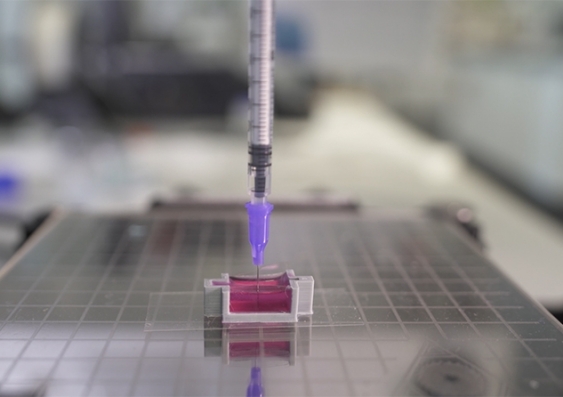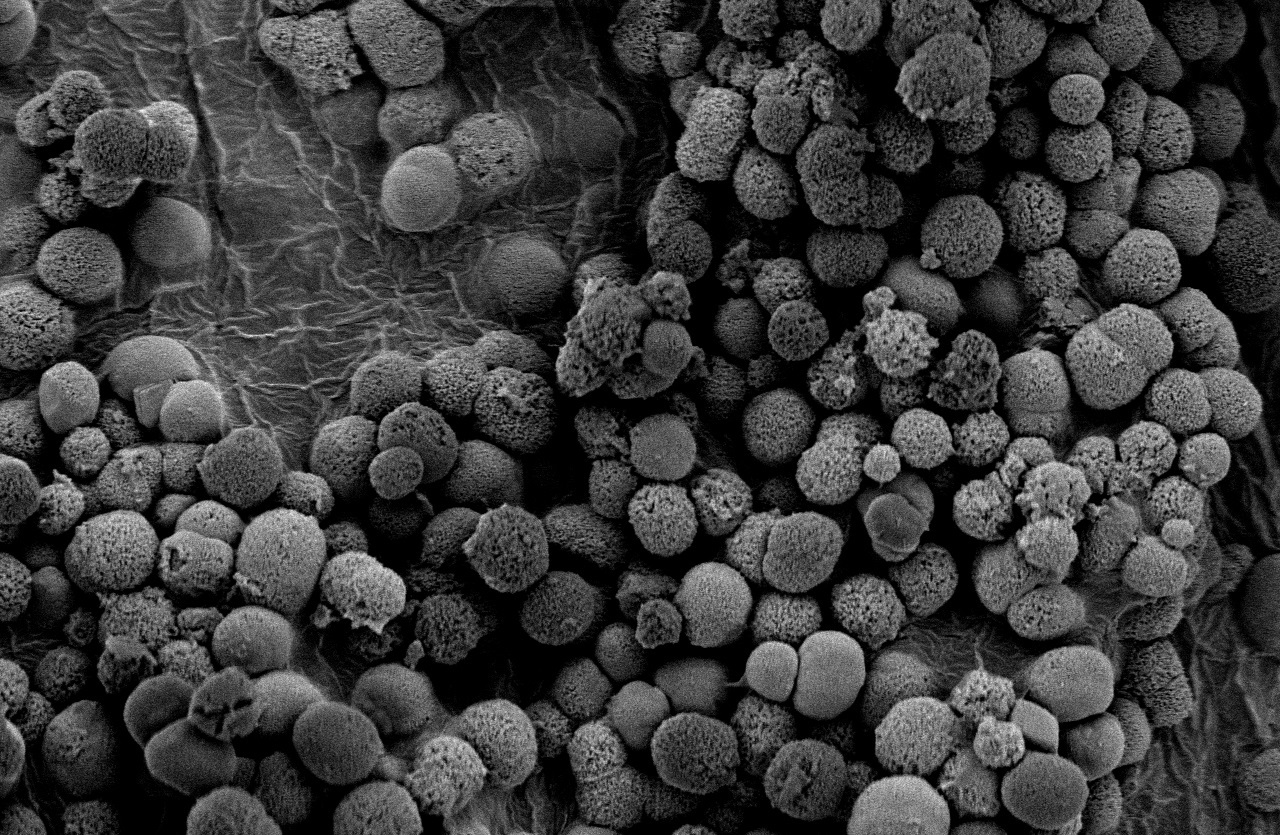Research Background
- We are an interdisciplinary research group at UNSW Sydney with a broad goal to design materials that unravel ‘matrix structure-cell function’ relationships. Inspired by biological materials, we integrate nano- and micro- fabrication techniques with synthetic chemistry to mimic the physical and chemical properties of the cell and tissue microenvironment. Our overarching strategy is to:
- f
- 1) Develop synthetic model systems to address fundamental questions in cell biology.
- 2) Use the output from 1 to design clinically relevant biomaterials that direct a functional outcome (e.g., cell differentiation and de-differentiation)
- f
- All our efforts are centred on the idea that cell state and fate is ruled by inherent cell plasticity and the context in which multivariate signals are presented. Click on the specific research areas below for more details of ongoing projects.

Context and Plasticity
The ability of some primitive life forms to heal injury through de-differentiation of somatic cells is an optimal strategy for tissue repair and regeneration. Widely viewed as a property lost to mammalian systems, emerging evidence indicates that cells in our body have a higher degree of plasticity than previously anticipated. We hold that the regulation of gene expression that governs cell fate determination—including differentiation, de-differentiation, and trans-differentiation across germ layers—is guided by the context in which multivariate signals are presented to cells. We aim to develop model systems to decipher this complex interplay, towards understanding developmental and pathogenic processes, and to exert control over cell state in vitro for cell and tissue engineering.

Current Projects
Additive Bioassembly
The form and function of tissue is nurtured through a complex bi-directional interplay between cells and materials. We recognise the critical aspects of both of these parts and work to develop strategies that combine ‘cell engineering’ with ‘biofabrication’ to coax the cells and materials to assemble together.
Cell And Matrix Engineering
Cell state in tissue is ruled by a multivariate presentation of signals that orchestrate diverse forms and functions. Using hydrogel microengineering we are exploring how biochemical (matrix composition and presentation), biophysical (geometry, topography, and viscoelasticity), and biological (paracrine and juxtacrine signals) cues in the cell and tissue microenvironment orchestrate cell state, matrix synthesis, and hierarchical assembly.
Cell Responsive Hydrogels
Inspired by how forces in tissue guides matrix deposition and release of sequestered molecules, we aim to develop bioinspired chemistry where an applied force facilitates biomolecule immobilisation and/or release through distinct chemical handles built into the synthetic hydrogel network.
Biomimetic Composite Materials
Our tissues are composed of composite materials of biopolymers and ceramic structures, with hierarchical order for guiding cell and tissue organisation. Using micro- and nano- fabrication techniques we design and develop composite biomaterials that recapitulate these architectures. We also aim to devise new hybrid biomaterials with additional functionality (e.g. sensing and actuation).
Arrays and Model Systems
Natural biomaterials have evolved from a multifactorial and combinatorial process involving a range of distinct molecular components, leading to complex structure and function that is often more than the sum of the individual parts. We aim to dissect these structure-activity relations by designing high throughput platforms and high content imaging approaches for screening the individual versus combined effects of multivariate biological cues.





